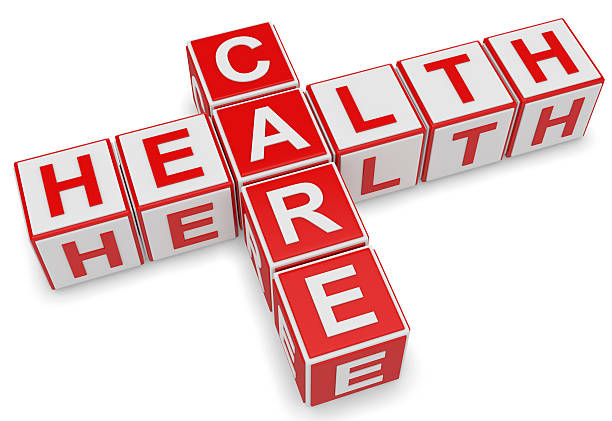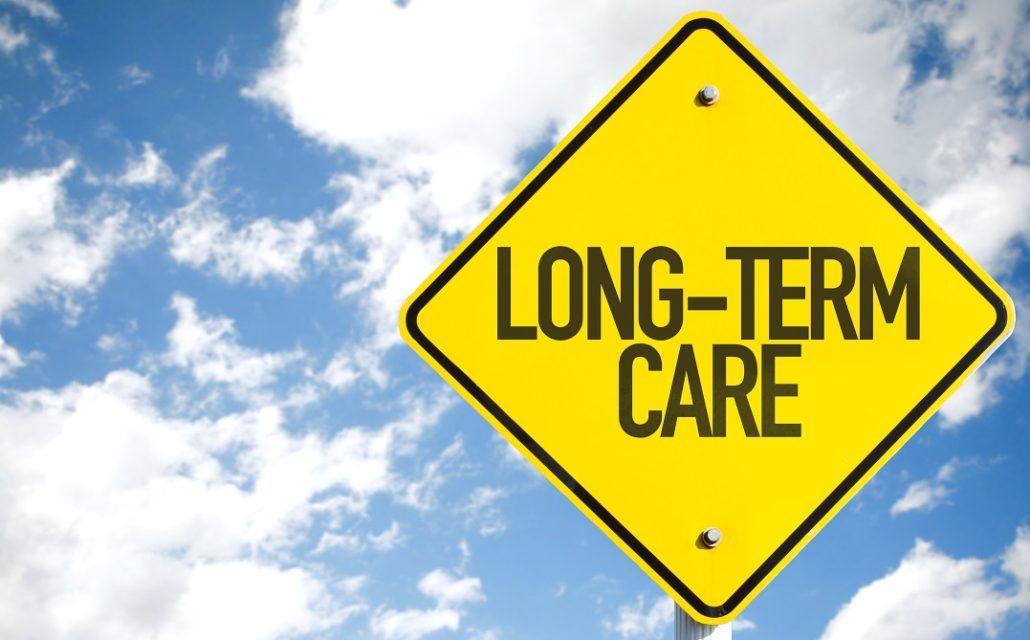Last week Washington Policy Center held its latest virtual Solutions Series, this one dealing with health care and specifically the COVID-19 pandemic. (here) Unfortunately, because of time constraints, we were not able to answer all the attendees’ questions during the podcast. WPC provides the Solution Series on a regular basis and rotates topics from the seven research centers.
Additional questions were emailed to the WPC office and revolved around a few specific issues.
Several questions dealt with the collateral social damage caused by the economic shut down and the sheltering in place requirement. These issues are real and should be addressed. It is reasonably easy to count the number of jobs lost, the number of positive tests, the number of hospitalizations, the number of patients requiring ventilator support, and the number of deaths caused by the virus.
It is not as easy to quantify the number of suicides, the increase in alcohol and drug abuse, the uptick in mental health issues, the increase in domestic abuse, and the impact on kids that can't go to school. Consequently, we don't see specifics on the impact of these social issues, except for isolated reports that are usually at best somewhat subjective. There is no question that these things are occurring, but again, without specific numbers it is hard to quantify and hence they get lost in the pandemic news.
In my view, we should open up society with the understanding that people wear masks, they social distance, and they practice good hygiene. Schools should reopen in-person, with the qualifier that sick kids and teachers should stay home and kids with at-risk people in their households should be monitored closely.
Some questions also concerned viral testing, especially in view of the current surge in new cases in the U.S. and the lack of testing capability in certain locations. It boils down to priorities in allocating resources and the level of preparedness. Testing was initially thought to be important, but not critical. Likewise, the CDC, and to a certain extent the FDA, controlled the development and approval of new test kits. This led to a slow roll out of testing capability, which is now only compounded by the case surge.
Countries like Japan and South Korea streamlined their development and manufacturing of test kits. Instead of waiting for government approval, these countries got kits out to the public much sooner and in greater numbers than in the U.S. It appears that the benefits of testing are now pretty well documented and the value of testing is becoming better understood. Of course, the more testing done, the more positive cases will be found. The critical issue is the change in the number of hospitalizations, the number of patients placed on ventilators, and ultimately the number of deaths.
Finally, there were a series of questions regarding the accuracy of reporting. Data collectors basically look at death certificates, which can list multiple underlying conditions or none at all. For example, we assume that everyone who dies of COVID-19 has that on his/her death certificate. On the other hand, the certificate may simply say respiratory failure. Likewise, a certificate may list the virus, but not underlying obesity, hypertension, etc.
This under reporting and confusion were pretty common early on with the pandemic. It is my sense that data collectors are more careful about details now. Another area of under reporting, which has been addressed, was the race of the patient.
The COVID-19 pandemic has been unlike any other health care crisis seen in the past century. As the crisis evolves, data is being collected nationally and internationally to better understand the nature of the coronavirus and its virulence. The pandemic remains fluid, yet research is ongoing and our societies will prevail.






